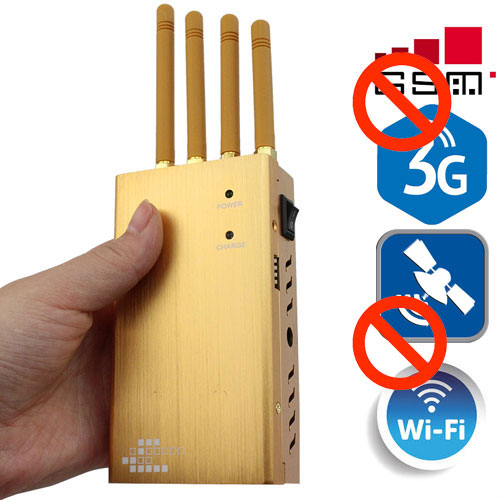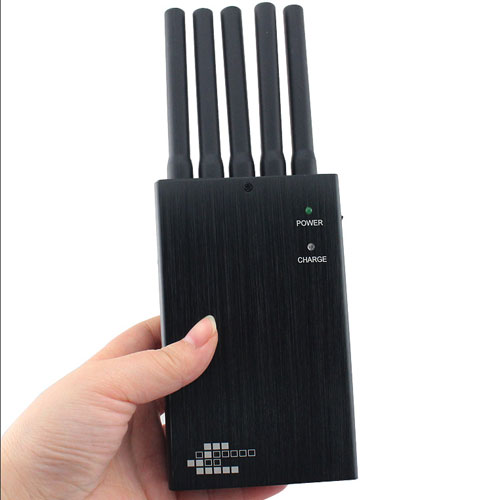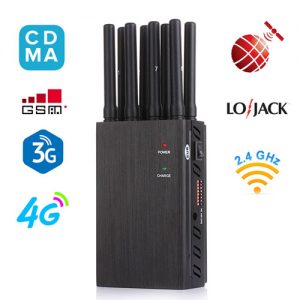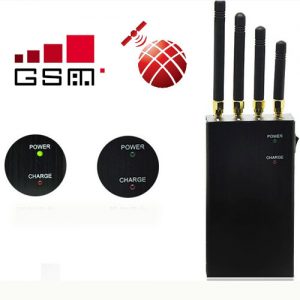The jam radius of the fixed jammer model is often larger than that of the pocket model. On average, it measures around 50 meters. Fixed jammers are mainly used in conference offices and conference rooms. In addition, these cell phone blocking programs can be installed in schools, universities, libraries, etc. Long range GSM jammers are usually installed in prisons.
The smart jammer of the mobile phone has a signal recognition function. This means that the phone will work in standby mode and the communication level will not drop. However, once they try to make or receive a call on the phone, it will trigger an incoming call, signal interference, and block the communication channel. Smartphone jammers are handy because they only work when needed.

GPS signal jammers are designed to suppress GPS satellite navigation signals. GPS jammer can interfere with various trackers, beacons, and satellite tracking systems. There is a combination of GSM cell blocker, 3G phone and GPS satellite navigation in one device.
WiFi jammers, bluetooth, wireless cameras, radio microphones, and bugs are wireless video cameras and bugs. These jammers will inhibit the transmission frequency of the WiFi and Bluetooth channels. Hidden wireless video camera blocker can reliably prevent secret video recording. Camera and Bug Interference is a pocket protector that can be used where covert video recording and eavesdropping is possible.
Therefore, jammers in cellular communications, blockers for cameras and radio microphones, and GPS jammers are all generators of interference with specific frequencies. Their role is to provide personal security, conduct negotiations and meetings, preserve state secrets and protect the country. The use of jammers is now widely used to provide government facilities. In principle, these are prisons and closed institutions, and confidential information does not go beyond this scope. Cell phone jammers will block communication and it will not be possible to listen to the phone.





